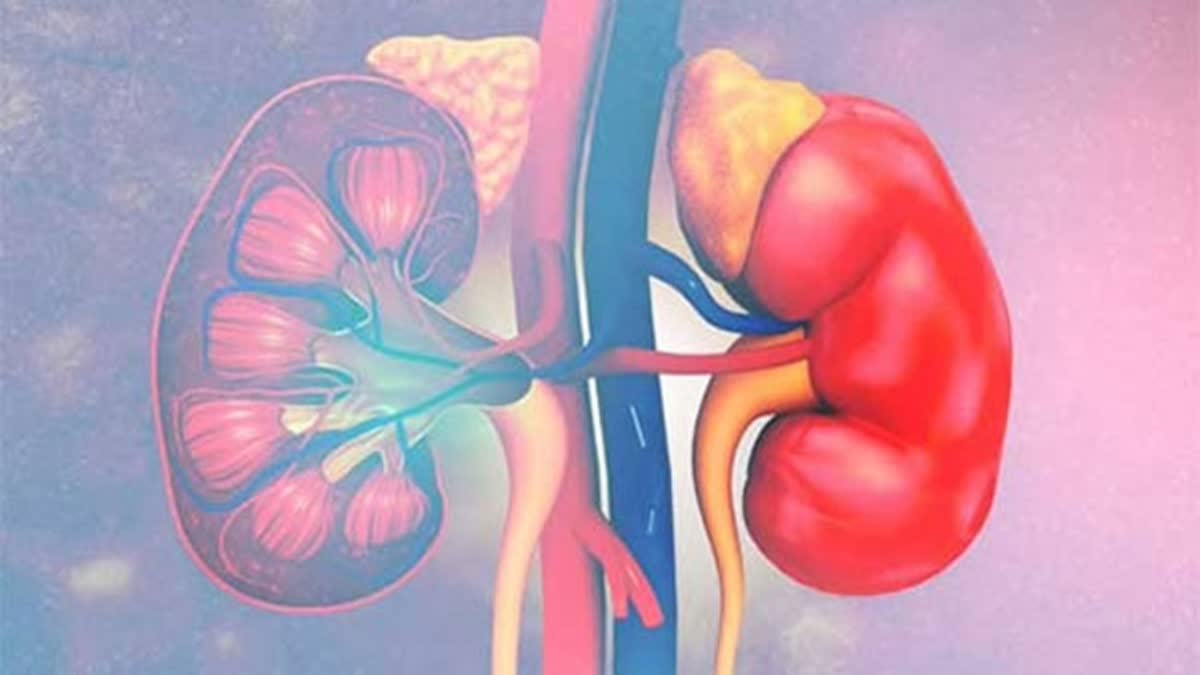New Delhi:Stating that proper transportation of organs for future transplantation assumes much more significance, the health ministry has released a 44-page standard operating procedure (SOP) for ensuring proper organ transportation.
Released on Saturday, the SOP that has been prepared in collaboration between the health ministry, Niti Aayog, National Organ and Tissue Transplant Organization (NOTTO) and other various stakeholders highlighted six different modes of transpiration including by air, ambulance, metro, defence, roads & highways, trains and waterways. Although the transportation of organs through these different modes follows almost similar procedures, it has some sector-wise specifications.
Transport of Organs by Air
Transportation of human organs by air emphasises ensuring maintenance of organs at appropriate conditions during transport by air in a security-controlled environment, based on a standard procedure.
All 'Human Organs for Transplant' transported through all modes of air transport, within the boundaries of the country. Seat for organ box must be provided next to the seat of the clinical team and accompanying medical personnel travelling and accompanying the box. Organ Box may be screened without opening. Depending on the size of the box, a routine scanner or a hand-held device may be used; X-ray screening will not damage organs. It shall be ensured that during screening the sterile transport chain is not disrupted. It is also to mention that the current SOP of BCAS (Bureau of Civil Aviation Security) exempts X-ray screening of Organ box.
Organ box to be accompanied by one medical personnel wherein responsibility of the box is solely with the accompanying personnel. Source airport will inform and communicate to the destination airport to facilitate the arrival process
By Ambulance/Other vehicles
It is necessary to ensure appropriate conditions are maintained during transport of live human organs by ambulance within a security-controlled environment. A green corridor may be provided for organ transport on the request of specific authorities and agencies. The “One Trigger System” that means a request from the organ allocation authority (NOTTO/ ROTTO or SOTTO, as the case may be) to initiate the process of organ transport by creation of a green corridor, may be considered.
By Defence
The purpose of transport and transfer of organs by defence is to standardize transfer of live human organs through facilities controlled by army, navy or air-force, through a well-defined, uniform and simple procedure. Human organs for transplant will be transported only within the territory of India and no organ shall be transported outside India. Further, no human organ for transplant shall be allowed to be transported from outside the territory of India.
By Metro
The purpose of transporting organs through the metro is to ensure appropriate conditions are maintained during transport of live human organs by Metro/ Regional Rapid Transit System (RRTS). To standardize transfer by metro through a well-defined, uniform and simple procedure.
By Road/Highways
